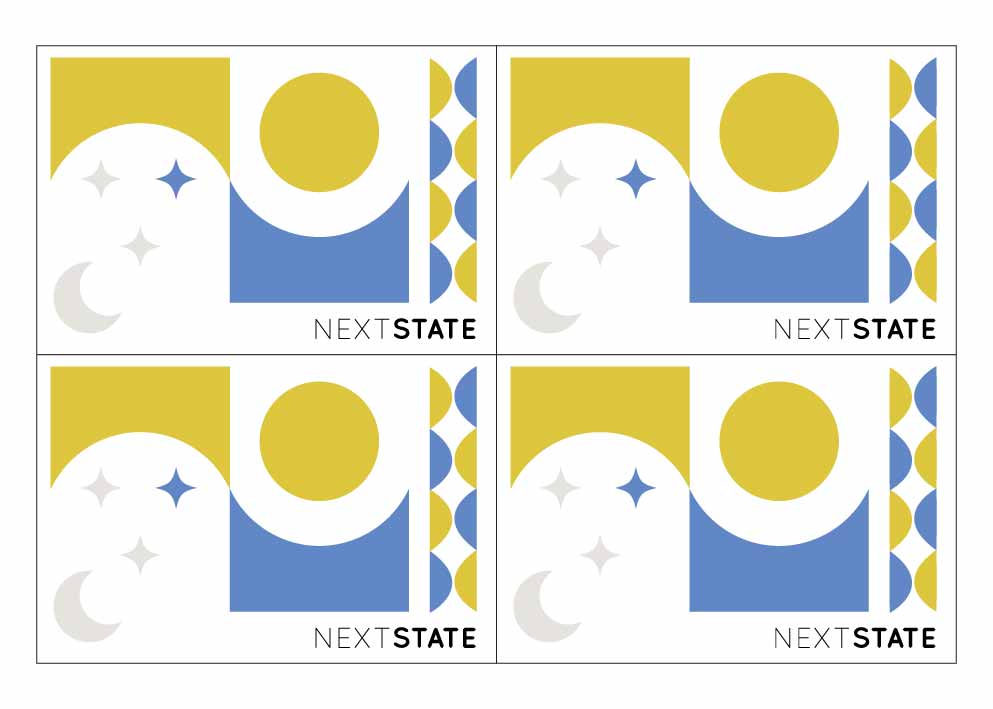
We want to teach you how to minimise waste, maximise your fabric and generally get a bit thrifty. By creating placement print files, you can print multiple images at once. Based on our recommended fabrics for each purpose we have shared suggested layouts for different products.
Tea Towels
Recommended Fabric: Soho or Byron
File Size: 69 x 50cm
Layout: Fitting four panels per metre
Square Cushions
Recommended Fabrics: Panama Canvas or Organic Canvas
General File Size: 47cm x 47cm
Layout: Fitting six panels per metre
We have lots of great cushion options and each fabric has a slightly different printable width. You want to divide the width by three so you can get three panels across the fabric width, this gets you a size close to a 45cm cushion It may be worth adding or sacrificing 1cm off a file it means you can get more printed panels.

Rectangular Cushions
Recommended Fabric: Velvet or Roma Linen
File Size: 70x45cm
Layout: Fitting four panels per metre

Table Runners
Recommended Fabric: Twill or Eco Drill
File Size: 47x157cm
Layout: Fitting three panels across the fabric width. Length depends on the table size to suit.

Towels
Recommended Fabric: Terry
File Size: 145 x 90cm
Layout: Fitting one towel per metre

Tote Bags
Recommended Fabrics: Panama Canvas or Twill
General File Size: 47cm x 50cm
Layout: Fitting six panels per metre

Blended files
Depending on what you are making you may put a file for a purse, wall hanging, cushion and throw. Work with the printable width to determine what works for you.

File Testing
If you are starting a new range or trying to decide what print, scale, colours you would like to use, you can create a test file that captures all of the elements in a single file.
It is important to ensure that the file setup used in the test file is replicated exactly for the final file to ensure the same results.
Set your artboard up to the printable width of your fabric and then to one metre in length and fill it in with all the files you would like to test.


